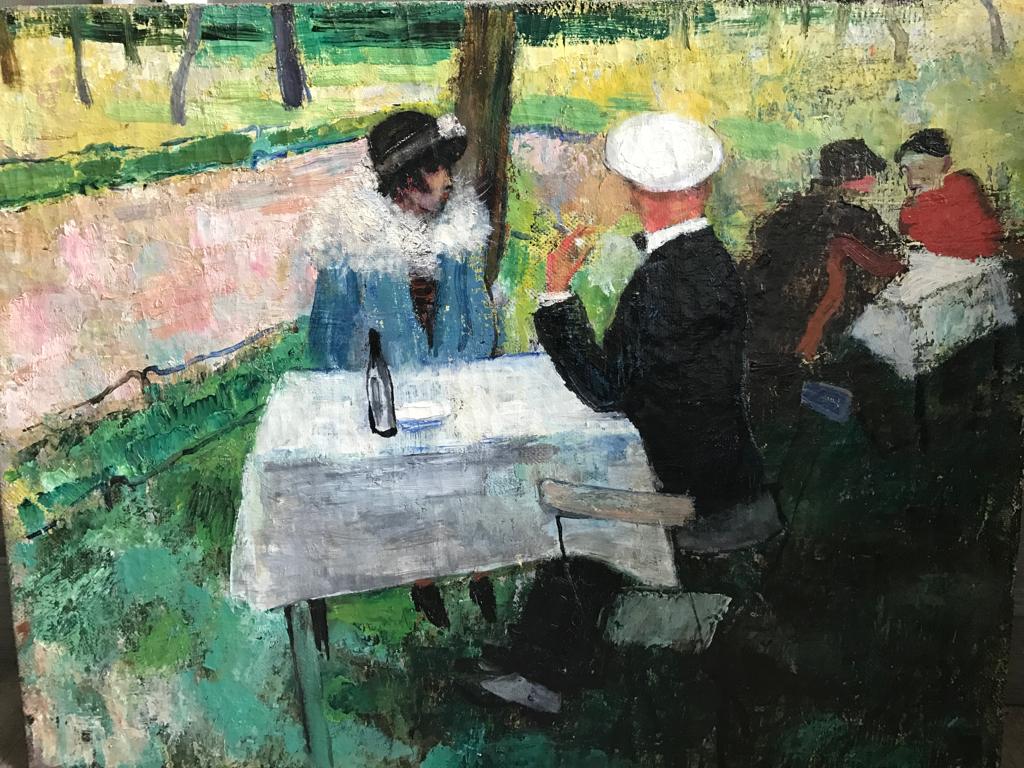Kazimir Malevich’s evolving relationship with Suprematism in the post-1920s era was influenced by a variety of factors, reflecting a complex interplay of political, personal, and philosophical dynamics.
Politically, the ascent of Joseph Stalin’s regime in Soviet Russia marked a significant shift in cultural policies, favoring Socialist Realism as the sanctioned artistic style. Suprematism’s abstract, non-representational approach clashed with the regime’s preference for art that served propagandistic purposes and depicted idealized Soviet themes. Consequently, Malevich encountered mounting challenges in showcasing and disseminating his Suprematist works within the state-controlled artistic milieu.
However, Malevich’s relationship with Suprematism was not solely defined by external pressures. Internally, he experienced a gradual evolution of his artistic vision and philosophical outlook. While Suprematism had been groundbreaking in its time, Malevich may have felt constrained by its formal constraints and sought new avenues for creative expression. His later works reflected a deeper engagement with spiritual and metaphysical themes, indicating a transition towards a more introspective and contemplative artistic practice.
Moreover, practical considerations likely influenced Malevich’s approach. With Suprematism marginalized within the Soviet art world, Malevich may have pragmatically adapted his artistic output to align with prevailing trends and market demands, ensuring his continued relevance as an artist.
“On the Boulevard” by Kazimir Malevich from the late 1920s to early 1930s, places it squarely within the period when Malevich was shifting away from Suprematism. This painting further exemplifies his departure from the movement.
In “On the Boulevard,” Malevich continues to depart from the strict geometric abstraction of Suprematism, instead incorporating elements of the urban landscape in a more recognizable manner. The use of color and form in this painting suggests a transition towards a more varied and representational style.
By depicting scenes from everyday life, such as people walking along a boulevard, Malevich moves away from the purely abstract concerns of Suprematism and towards a more figurative and narrative-driven approach. This departure from his earlier style reflects his evolving artistic interests and his willingness to explore new avenues of expression.
Overall, “On the Boulevard” serves as another example of Malevich’s shift away from Suprematism during the late 1920s and early 1930s, as he embraced a more diverse and representational approach to painting.

